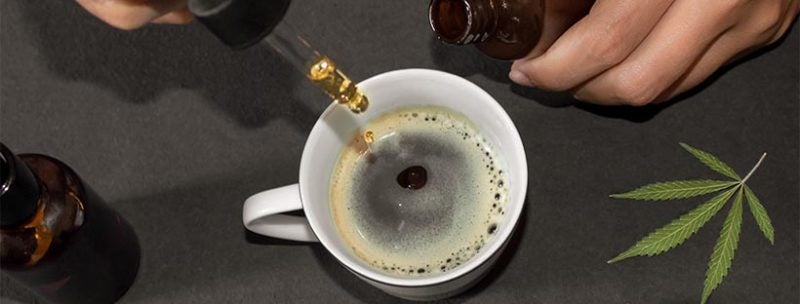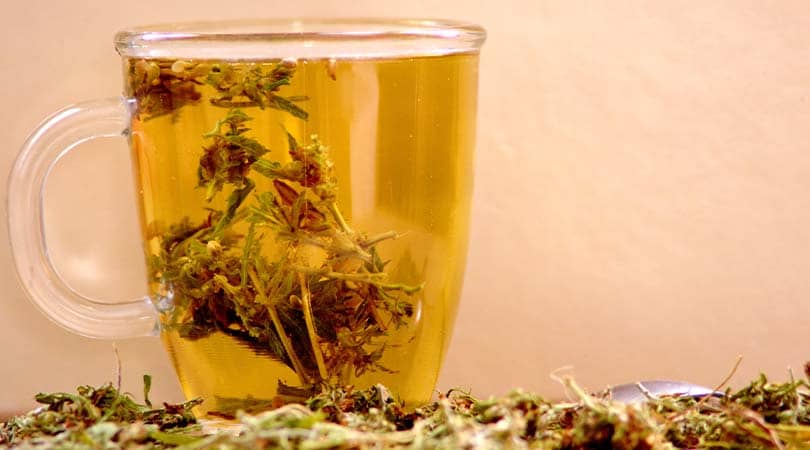Drinking cannabis sounds strange at first, but a relaxing cup of marijuana tea can be a great way to unwind after a long day. There’s nothing complicated about making weed tea, and in fact, many people enjoy this soothing method. Explore all about how to make pot tea and the many benefits of consuming cannabis in this way.
The Benefits Of Weed Tea
Why do people want to learn how to make cannabis tea? This method might not sound as fun as some other consuming marijuana, but it offers many mental and physical benefits.
Terpenes
Found in many different plants, terpenes are chemical compounds that create distinctive aromas, smells, tastes, and other characteristics. In addition, terpenes such as linalool, limonene, and pinene offer many neuroprotective and anti-inflammatory benefits.
Omega 3 & 6
Essential amino acids such as omega 6 and omega 3 fatty acids play a significant role in your body’s endocannabinoid system (ECS) responses. These fatty acids are busy helping the body achieve balance, so they’re essential to add to your diet whenever possible.
Vitamins and Antioxidants
Many people learn how to make stem tea to make the most of marijuana’s vitamins and nutrients. Whether your pot is fresh, dried, or cured, it can offer a range of valuable compounds.

How To Make Weed Tea
If you’re curious about how to make weed tea, you’ll be happy to know that it’s simple and easy. Many people love learning how to make pot tea because it can be healthier than smoking cannabis or eating sugary edibles. Here are a few primary considerations to keep in mind before brewing your first cup.
Decarb Your Weed
The first step of how to make stem tea is to decarboxylate your weed. But, first more potent, marijuana needs to be heated up to convert THCa into the active form of THC. Luckily, it’s easy to decarb your cannabis at home.
Add A Fat Source
As you’ll see when we walk through how to make weed tea, this beverage isn’t complicated. However, there is more to the method than just pouring hot water over your buds. You’ll need to add a fat source to get the most benefit. Cannabis is lipophilic, which means it’s attracted to fat and can’t dissolve in water. You can improve absorption by adding a fat source like cream, full-fat milk, butter, or coconut milk.

Cannabis Tea Ingredients
- 1 tablespoon unsalted butter or coconut oil
- Your favourite cannabis strain, decarbed
- 4 cups water
- 1 gram of weed
- Tea holder or tea bag
- Sweetener of your choice
- Strainer
- Mug
- Teapot
- Spoon
Cannabis Tea Recipe
- Chop or grind your cannabis, removing any seeds and stems from the mix.
- Boil water in your teapot or on the stove. Add the coconut oil or butter and stir to combine.
- Place your weed into the tea bag or tea holder and add to your boiling water. Lower the heat and allow the mix to simmer for ten minutes.
- Set aside the teabag. If there are any particles in the water, you can learn how to make weed tea that’s smooth and clean by straining the mixture before drinking.
- add sweetener to taste. You can also add flavourings such as cinnamon sticks, lemon slices, ginger, mint, and other aromatic herbs.
- You’re ready to enjoy!
Now that you know how to make weed tea, you can save your stems to add to boiling water for an even more potent brew.
Cannabis Tincture Tea
A faster way to make weed tea is by using marijuana tinctures instead of brewing from scratch. Simply boil water and add a few drops of tincture once it’s hot. You can also add drops to a cup of traditional tea for a new taste combination.
What To Expect From Weed Tea
Weed tea is a cannabis edible and takes longer to kick in than smoking or vaping. Expect to feel results from 30-90 minutes after finishing your tea. Once your tea does kick in, you can feel the effects for up to eight hours. We recommend waiting a few hours before having another cup, so you don’t overdo it. Now that you know how to make weed tea, you can enjoy a long, relaxing high that’s perfect for days to yourself.
Interesting Reads
Different Types of Weed Edibles, How to Properly Consumer Shrooms, How Hot Should Dabs Be?
References
- Science Direct. (2021, September 29). Tetrahydrocannabinol. Available At: https://www.sciencedirect.com/topics/neuroscience/tetrahydrocannabinol
- Kogam, N. M. (2007, December 9). Cannabinoids in health and disease. US National Library of Medicine National Institutes of Health. Available At: https://www.ncbi.nlm.nih.gov/pmc/articles/PMC3202504/
- Mouslech, Z. (2009). Endocannabinoid system: An overview of its potential in current medical practice. Available At: https://pubmed.ncbi.nlm.nih.gov/19675519/
- Weed Delivery Vancouver. (2022, September 13). Top Rated Weed Delivery in Vancouver. Available at: https://weeddeliveryvancouver.io
- Zgair, A. (2016, August 15). Dietary fats and pharmaceutical lipid excipients increase systemic exposure to orally administered cannabis and cannabis-based medicines. US National Library of Medicine National Institutes of Health. Available At: https://www.ncbi.nlm.nih.gov/pmc/articles/PMC5009397/
- Russo, E. B. (2011, August 16). Taming THC: potential cannabis synergy and phytocannabinoid-terpenoid entourage effects. US National Library of Medicine National Institutes of Health. Available At: https://www.ncbi.nlm.nih.gov/pmc/articles/PMC3165946/
- WeedSmart. (2021, September 13). Canada’s Best Marijuana Dispensary | Buy Weed Online. Available at: https://weedsmart.co/
- Is it possible to “overdose” or have a “bad reaction” to marijuana? Accessed April 12, 2021, at http://www.cdc.gov/marijuana/faqs/overdose-bad-reaction.html
- Extractions of Medical Cannabis Cultivars and the Role of Decarboxylation in Optimal Receptor Responses. Accessed April 12, 2021, at https://www.ncbi.nlm.nih.gov/pmc/articles/PMC6757234/









